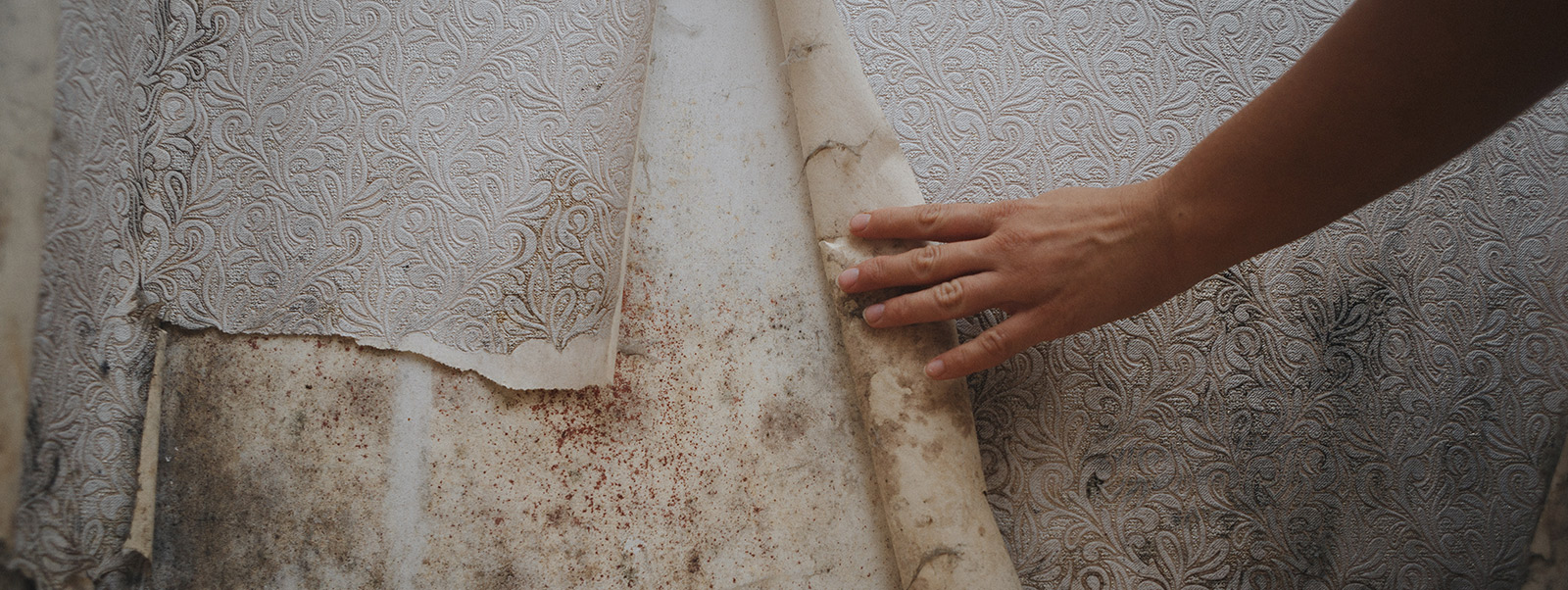
Mold Assessment and Testing
SLC provides onsite mold and moisture assessment including cause and origin and post remediation verification. A typical assessment includes:
- 1. Visual assessment to determine root cause of the problem area(s)
- 2. Moisture assessment to determine elevated moisture on building materials.
- 3. Relative humidity, dew point temperature recording
- 4. Sampling including: Air quality, settled dust, tape identification, swab and/or cultured samples necessary to perform a complete assessment of the project.
In addition, we can provide a scope of work for you to properly bid remedial work.
Ten Things You Should Know about Mold
- 1. Potential health effects and symptoms associated with mold exposures include allergic reactions, asthma and other respiratory complaints.
- 2. There is no practical way to eliminate all mold and mold spores in the indoor environment; the way to control indoor mold growth is to control moisture.
- 3. If mold is a problem in your home or school, we recommend that the building be assessed by a qualified mold assessor to determine water source(s) origin and the extent of mold growth and/or contamination.
- 4. Fix the source of the water problem or leak to prevent mold growth.
- 5. Reduce indoor humidity Maintain a relative humidity below 60% to decrease the potential for mold growth.
- 6. Clean and dry damp or wet building materials and furnishings within 24-48 hours to inhibit mold growth.
- 7. Mold on certain hard surfaces can be cleaned with a mild detergent solution. Porous materials such as ceiling tiles, with mold growth may need to be discarded.
- 8. Prevent condensation: Reduce the potential for condensation on cold surfaces (i.e., windows, piping, exterior walls, roof, or floors) by adding insulation. and regulating relative humidity
- 9. The potential for surface mold growth increases in crawl spaces with inadequate ventilation, exposed dirt floor, and improper landscape drainage
- 10. Molds can be found almost anywhere; they can grow on virtually any substance, providing moisture is present. There are molds that can grow on wood, paper, carpet, and foods.
Mold Testing or Sampling
Is sampling for mold needed? In most cases, if visible mold growth is present, sampling is unnecessary. Since no EPA or other federal limits have been set for mold or mold spores, sampling cannot be used to check a building’s compliance with federal mold standards. Surface sampling may be useful to determine if an area has been adequately cleaned or remediated. Sampling for mold should be conducted by professionals who have specific experience in designing mold sampling protocols, sampling methods and interpreting results. Sample analysis should follow analytical methods recommended by the American Industrial Hygiene Association (AIHA), the American Conference of Governmental Industrial Hygienists (ACGIH), or other professional organizations.
Are there federal regulations or standards regarding mold testing?
Standards or Threshold Limit Values (TLVs) for airborne concentrations of mold, or mold spores, have not been set. Currently, there are no EPA regulations or standards for airborne mold contaminants.
content from epa; https://www.epa.gov/mold/mold-testing-or-sampling
